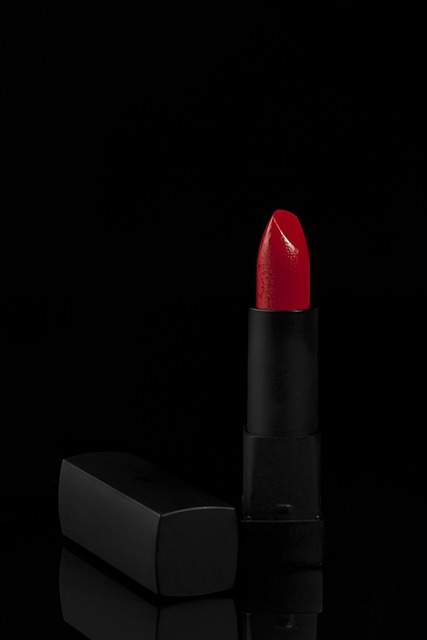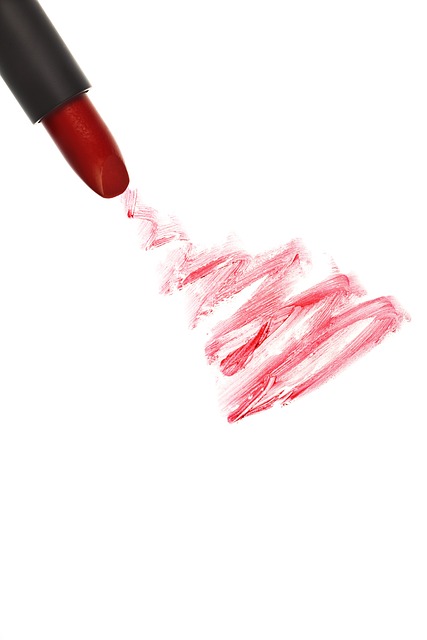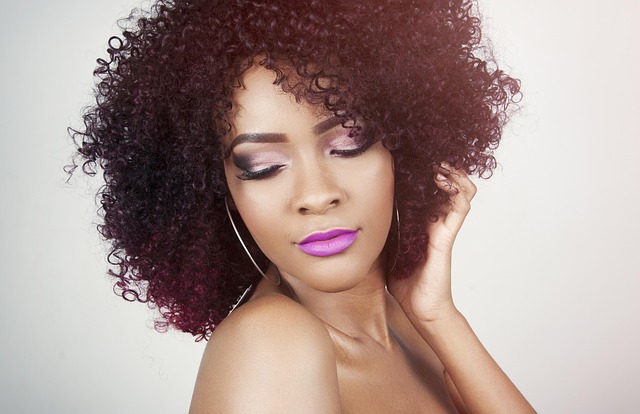Tinted lip balms blend the moisturizing benefits of a balm with the color of lipstick, offering a natural sheen and subtle pigment. They come in various shades, from sheer pinks to deeper berries, enhancing lips' natural texture while catering to everyday use or as a base under longer-lasting formulas. The evolution of lip color reflects societal changes, from Victorian subtlety to 20th-century boldness. Tinted balms, known as "vermouth beauty" products, provide antioxidant protection and anti-inflammatory hydration, contributing to fuller, plumper lips with regular use. Choosing the right tint depends on skin tone, lip shape, and occasion, ranging from softer pinks for lighter complexesions to richer shades for deeper tones.
“Discover the art of enhancing your lips with tinted lip balm—a modern twist on traditional lip color. This versatile product combines the hydration of balm with subtle pigmentation, offering a natural, glossy finish. In this comprehensive guide, we’ll explore the evolution of lip cosmetics, unravel the secrets of its key ingredients, and help you select the perfect shade tailored to your skin tone. From vermilion hues reminiscent of vintage beauty to modern neutrals, unlock the secret to achieving a sleek, healthy glow akin to a vermouth-hued allure.”
- Understanding Tinted Lip Balm: A Definition
- The History and Evolution of Lip Color
- Key Ingredients and Their Benefits
- Choosing the Right Tinted Lip Balm for Your Skin Tone
Understanding Tinted Lip Balm: A Definition

Tinted lip balm is a hybrid beauty product that seamlessly combines the moisture-locking benefits of a balm with the vibrant color and finish of lipstick. It offers a subtle, natural-looking sheen to lips, enhancing their natural hue while adding a touch of color. This versatile beauty essential has gained immense popularity due to its ability to provide both nourishment and a hint of pigment, appealing to those who seek a more low-key alternative to traditional lipstick.
Often described as a vermouth beauty product, tinted lip balm comes in various shades, ranging from sheer pinks and nudes to deeper reds and berries. Unlike lipstick, it doesn’t cover lips completely; instead, it coats them with a thin, glossy layer, allowing the natural texture and color of lips to peek through. This semi-transparent quality gives it a unique, effortless look, making it a go-to choice for everyday use or as a base under longer-lasting lipstick formulas.
The History and Evolution of Lip Color

The journey of lip color begins with ancient civilizations who used natural elements like beeswax and herbs to create primitive forms of lip decoration. Fast forward to the 19th century, and we see a surge in popularity for lipstick, reflecting societal changes and a growing interest in personal grooming. The Victorian era introduced more subtle shades, while the 20th century brought about bolder, vibrant hues, mirroring the changing times.
The evolution of lip color is deeply intertwined with cultural shifts and technological advancements. From the classic red associated with beauty icons like Marilyn Monroe to the diverse range of tinted lip balms available today, the path is a testament to humanity’s ever-changing aesthetic preferences. Vermouth beauty, once reserved for special occasions, has now become an everyday essential, thanks to the accessibility and variety offered by modern products, catering to individual tastes and needs.
Key Ingredients and Their Benefits

Tinted lip balms are a popular choice for those seeking a subtle, natural-looking enhancement to their lips, often favored as a daily essential or a versatile alternative to lipstick. The key to their appeal lies in the carefully curated blend of ingredients designed to nourish and protect while adding a touch of color.
Among the notable components are vitamins E and C, renowned for their antioxidant properties, which help to moisturize and condition the lips, keeping them soft and supple. Natural extracts like grapefruit seed extract and aloe vera are also common, offering anti-inflammatory benefits and further hydration. For those seeking a vibrant pop of color, iron oxide is a natural pigment often used, providing a range of shades from subtle nude to rich berry without the use of synthetic dyes. This blend of ingredients contributes to the vermouth beauty effect—a term that captures the allure of full, plump lips with a hint of tint, achievable through regular application of tinted lip balm.
Choosing the Right Tinted Lip Balm for Your Skin Tone

When selecting a tinted lip balm, aligning it with your skin tone is key to achieving a natural and flattering look. Lighter complexions can benefit from softer pinks and peach tones that complement their radiance. For medium skin tones, vibrant berries and coral shades add a pop of color without overwhelming. Those with deeper skin tones have a plethora of options, including rich plums, deep reds, and even brown-based tints that enhance their natural lip pigment.
Consider your lip shape and the effect you wish to create. For fuller lips, opt for tints with a hint of shine or subtle gloss to enhance their appearance. If you prefer a more subtle look, matte tinted balms blend seamlessly into the lips, creating a discreet yet polished finish. Think about the occasion as well; a sheer, natural tint is perfect for everyday wear, while bolder shades make a statement for night-outs, adding a touch of vermouth beauty to your ensemble.
Tinted lip balm offers a versatile and natural way to enhance your lips, combining the moisturizing benefits of balms with subtle color hues. By understanding its history, key ingredients, and how to choose the right shade for your skin tone, you can unlock a simple yet effective beauty routine inspired by the vibrant vermouth aesthetic. Incorporate tinted lip balm into your daily regimen to achieve a polished, subtle glow that complements any look.
